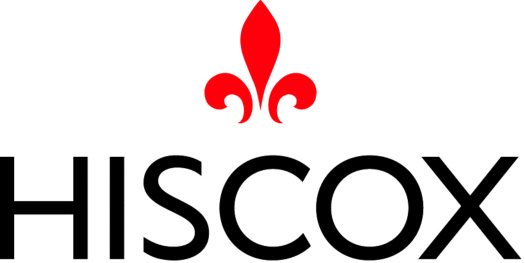Concerns over issues such as pricing and reserving mean that the company no longer considers this business to be sustainable.
Instead, its reinsurance division, Hiscox Re & ILS, will continue to focus on other specialty areas with more opportunity, such as cyber, surety, and terror.
Hiscox, meanwhile, will continue to write primary casualty business through its Hiscox Retail and Hiscox London Market units.
The re/insurer reported earlier this month that it had grown its overall business by more than 7% so far in 2019, with premiums up 6.1% for reinsurance and insurance-linked securities (ILS) under Hiscox Re & ILS.
However, it said it was taking an increasingly cautious approach to reserving in response to adverse claims trends in US casualty business.
Casualty business drove higher losses for Hiscox this year, with increased claims activity, leading the company to firm up its reserves for private company D&O underwritten by Hiscox USA.
Catastrophe losses also exceeded the Group’s catastrophe budget for the second half of the year at $165 million, with Hiscox Re & ILS shouldering most of the claims from the Japanese typhoons, and the London market division absorbing the costs from Dorian.
But now, it seems the reinsurance arm of the company is no longer able to face the reserving and pricing challenges posed by deteriorating casualty claims trends.
“The ongoing, challenging market conditions mean that writing casualty reinsurance business is no longer sustainable for us,” a Hiscox spokesperson told Reinsurance News.
“Hiscox Re will continue to focus on other specialty areas, where we see opportunity, such as cyber, surety, terror, pandemic, PA retro, nuclear and film completion,” they explained.
The spokesperson added: “We continue to write casualty business through Hiscox Retail and Hiscox London Market.”
Some analysts have observed an “abrupt shift” to profitability in the US casualty re/insurance market this year as pricing adequacy has responded to worsening loss cost trends.
But many re/insurers have also been forced to draft exclusions for a range of exposures that are subject to mass tort litigation, as legal dynamics have increasingly begun to hinder profitability.
These include sexual misconduct, opioids, cannabis, traumatic brain injury & chronic traumatic encephalopathy, glyphosate, wildfires, assault and battery, and on-premises violent acts, according to analysts at Lockton.
Peel Hunt has previously stated that claims inflation is accelerating due to a number of factors, including socio-economic trends, increased litigation, higher jury awards, and increased hostility to large corporations.
It also predicted earlier this year that larger re/insurers, such as Beazley and Hiscox, would begin to implement management actions to lower their risk appetite and limit their casualty risk, while taking a more disciplined approach to reserving.













